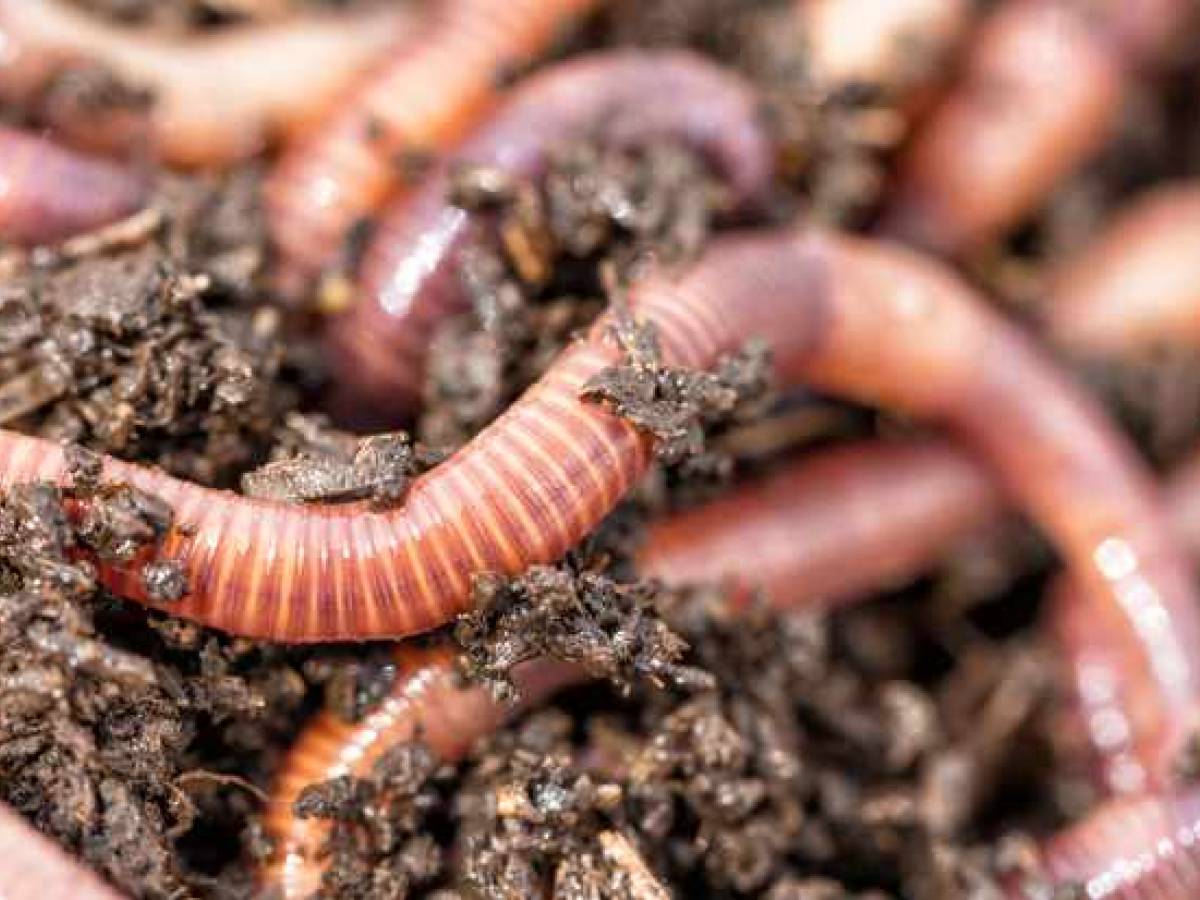From the French nouvelle cuisine born in 1972 to novel food Today the step is short: even the great starred chefs could have to do, in the near future, with dishes based on insects, jellyfish, cacti and microalgae, the new foods of the 3.0 kitchen. The factions are already lined up: on the one hand there would be the “purists” of food, on the other hand those who do not love these animals and vegetables even a little. A minority, for the moment, could welcome the introduction of this new type of diet.
What is “novel food”
The European Commission defines “new foods” as innovative, newly developed products that use new technologies and production processes, as well as foods that are or have traditionally been consumed outside the EU. Some of them have already been approved such as the miller darkness, a worm to eat in the form of flour, and theopuntia, a variety of cactus traditionally consumed in Mexico. If for jellyfish, on the other hand, the road is uphill because they are not (for now) allowed in European restaurants but only in oriental ones, a study published in the journal Nature Food demonstrates how thealga chlorella and le larvae of insects have important nourishing properties and could also be a weapon to combat malnutrition in poor countries and to cope with the inconveniences caused by climate change.
Here’s how to “transform” this food
Here, however, we do the math without the host: how many people would be willing to consume these “delicacies”? As hypothesized, for now it would be a type of food suitable for a small minority, which is why we talk about their use more than anything else as ingrediants. “The psychological barrier against insects is still strong, so we will eat crickets and vermicelli especially in the form of flours for the production of biscuits, pastas, baked goods and meat substitutes“, explains Francesco Gai, researcher at the Institute of Science of Food Production of the Cnr in Turin. There is, however, no objection to the quality of proteins.”The protein component of insects is high and noble, because it contains all the essential amino acids that the body needs, just like that of meat and eggs“.
The properties of microalgae
Protein alternatives are also microalgae that “possess a high potential nutritional and dietary, studied in particular for the development of functional foods because they are rich in proteins, mineral salts, omega 3, vitamins and phytocompounds “, affirms a Republic the biochemist Paola Palestini, president of the master in Applied Nutrition and Dietetics at the Milano-Bicocca University. As with insect flours, they are also excellent ingredients for enriching biscuits, yogurt, bread products and for making plant-based products such as hamburgers.
How good are jellyfish
If jellyfish still have the prohibitions we talked about earlier, the experts of the CNR have in any case conceived and patented a starred recipe book based on jellyfish of the Mediterranean, where we find the so-called lung of the sea and Mediterranean cassiopeia. While waiting for Europe to authorize their trade, the CNR has devised a treatment to bring them to the table safely: fried, marinated or in carpaccio. “Unlike Asia, where aluminum salts are used to prepare them dried or in brine, the residues of which could be toxic, we have developed a process with organic salts, which are allowed in the food sector. To eliminate the poison, however, it is necessary to evaluate each species, but for some it is sufficient cooking“, says Cnr researcher Antonella Leone, Italian referent of the project dedicated to jellyfish:”Low in calories and fat (most of them good), they taste similar to that of shellfish and are rich in collagen, a protein that is abundant in the human body, important for bones, cartilage and skin“. And then, it seems that they are useful in treating chronic diseases such asrheumatoid arthritis because the peptides produced by jellyfish collagen seem to have antioxidant activities “specifies the expert.
The novelty: here is the cactus
Still not widespread in Western cuisine there is opuntia, known as prickly pear. In Italy there are large-scale crops in Sardinia and Sicily but in Mexico it is a ritual: the cactus is harvested when it is young (when its thorns are still soft), it is cut into small pieces and prepared in various ways. Many Mexican companies “They also use it to make jams, juices and functional drinks“says another CNR researcher, Federica Blando, who has been analyzing the properties of the prickly pear for years.”AND an alternative vegetable, source of polyphenolic antioxidants and soluble fibers, similar to those of oats and barley, which in clinical experiments have shown a hypoglycemic action. This is why it is traditionally used against diabetes“Due to climate change, it can be considered the food of the future as it adapts to arid and dry environments.
In short, we have plenty of quantities and varieties of this new food, but will they be appreciated by the majority of the population? The starred chefs are divided into for and against but the last word is up to the public. We Italians, we know, are a lot traditionalists: pasta and pizza will never be missing as well as all the regional specialties, from Valle D’Aosta to Sicily, regions rich in delicacies that the whole world envies us. Probably, for some time, insects, worms, jellyfish and algae will remain quietly in their natural habitat without anyone disturbing them.
